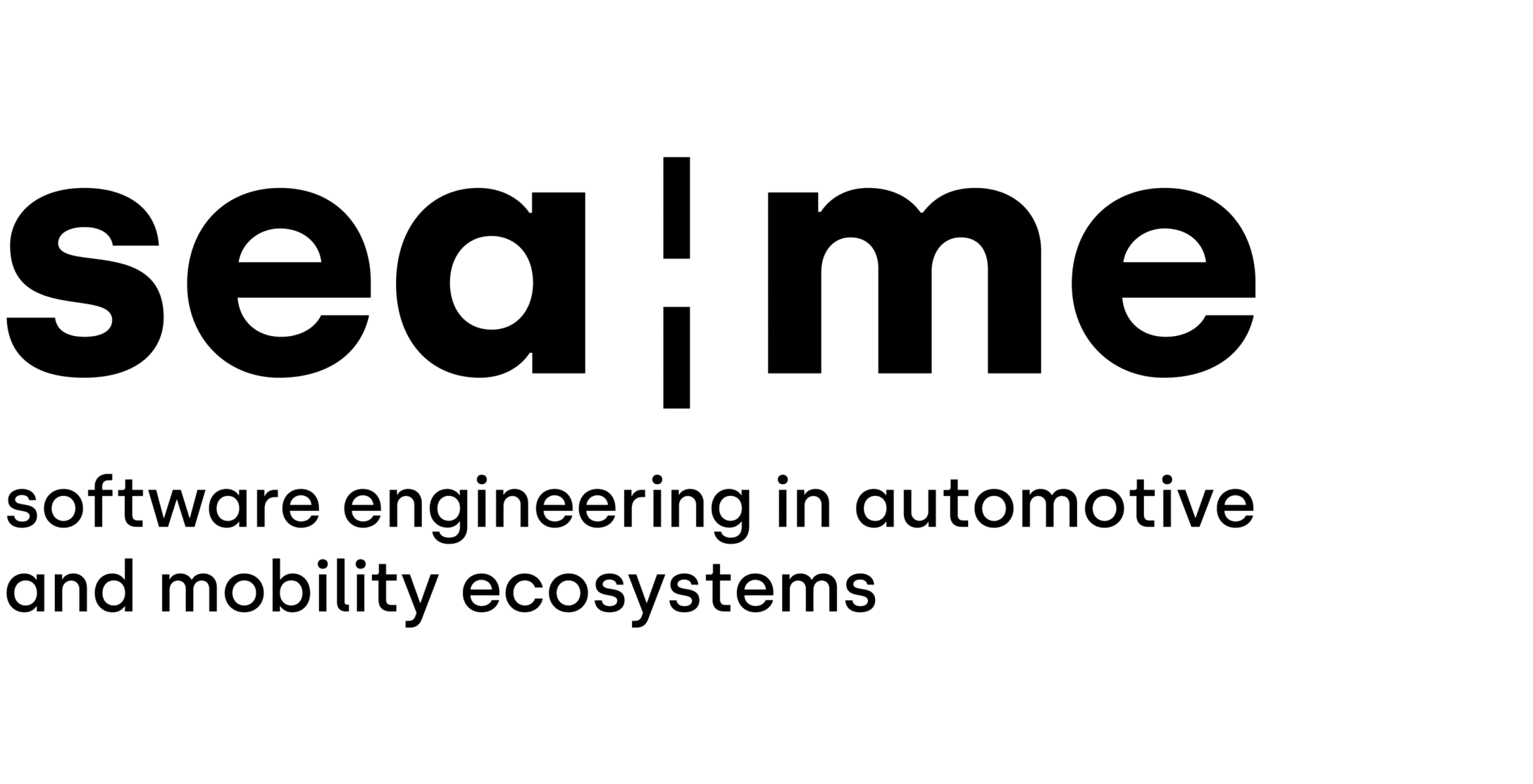Embedded Systems
If vehicles are safe, efficient and comfortable, it is all because of automotive embedded systems and electronics.
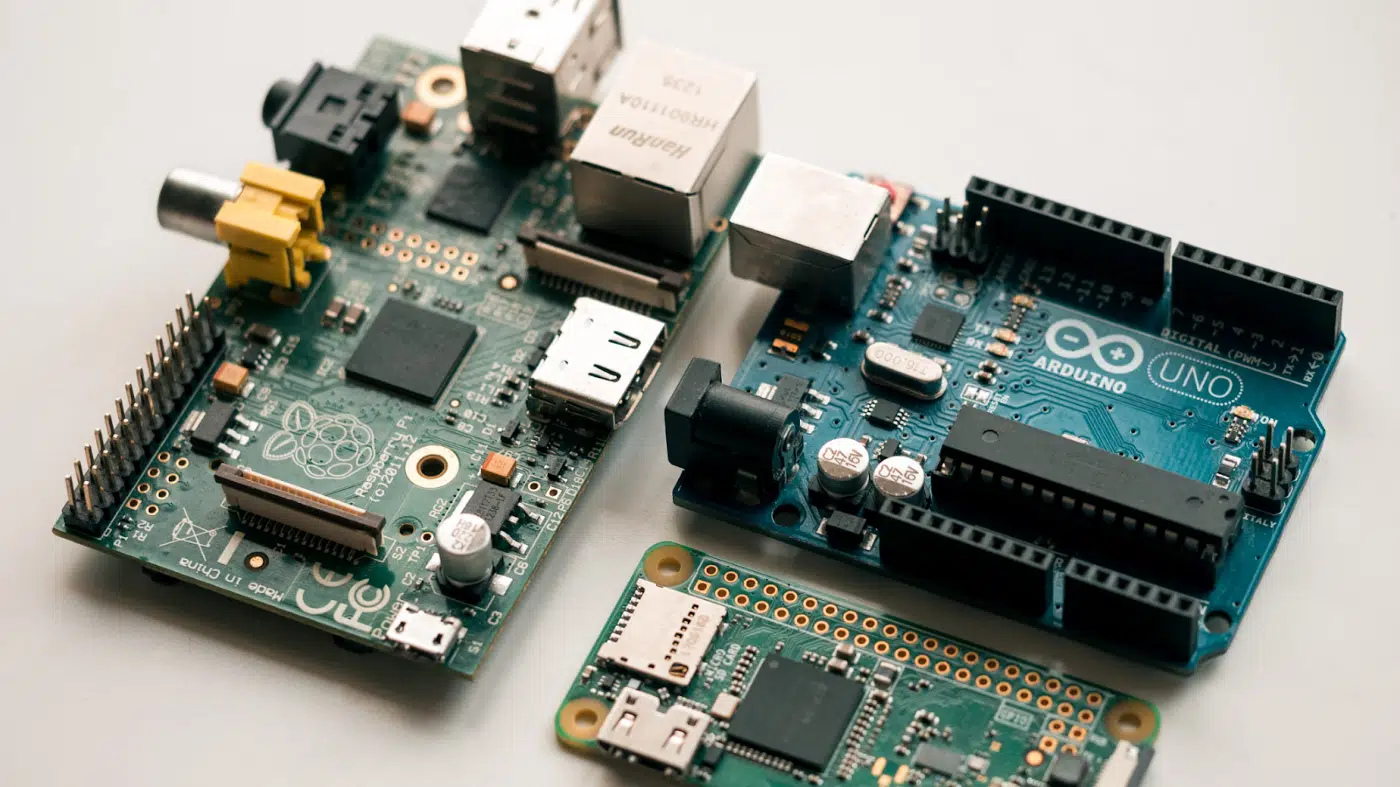
Modern vehicles are becoming computers on wheels. High-end cars nowadays consist of up to 100 ECUs (Electronic Control Units) running close to 100 million lines of code.
The software distributed on different ECUs exchanges thousands of signals over a heterogeneous network of bus systems like CAN (Controller Area Network), FlexRay, LIN (Local Interconnect Network), MOST (Media Oriented Systems Transport), and Ethernet. The applications running on the ECUs range from safety-critical control systems to data-intensive multimedia applications and to comfort-related functions.
Simultaneously, the rapid development in ADAS (Advanced driver-assistance systems), V2X (Vehicle-to-everything), safety, convenience, and comfort functions has also led to the increased size and complexity of the underlying architecture. Towards addressing these challenges, innovative methods on design, analysis, test, and validation of the automotive embedded systems are necessary and will play a crucial role in the future development of automobiles.
In this module, students will take on various projects to learn about the distributed embedded systems in current automotive industries.
Examples of Projects
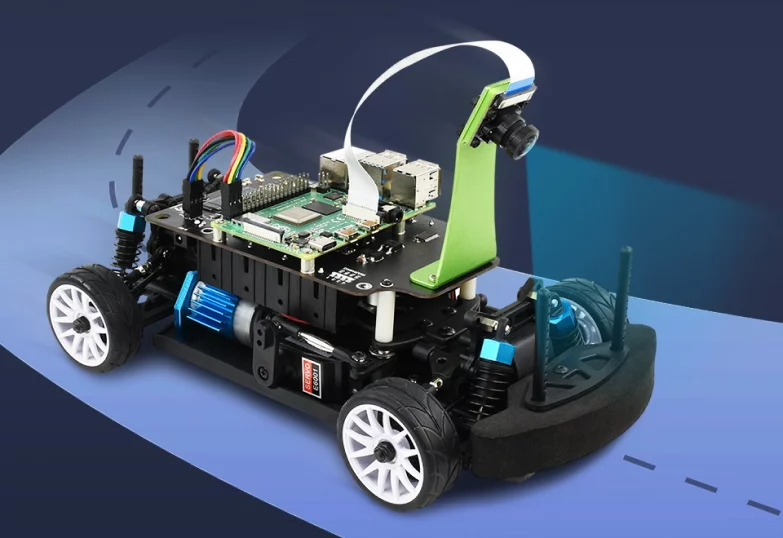
PiRacer Racing Robot & Flash OS
Get to know your car. Assemble a PiRacer with a customised Automotive Software Stack.
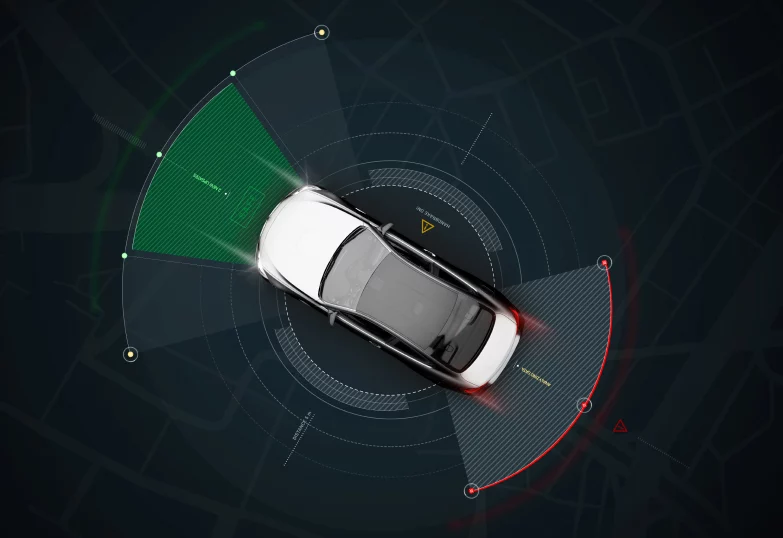
Park Distance Control System
Build a Park Distance Control (PDC) system, i.e a parking assistance program.
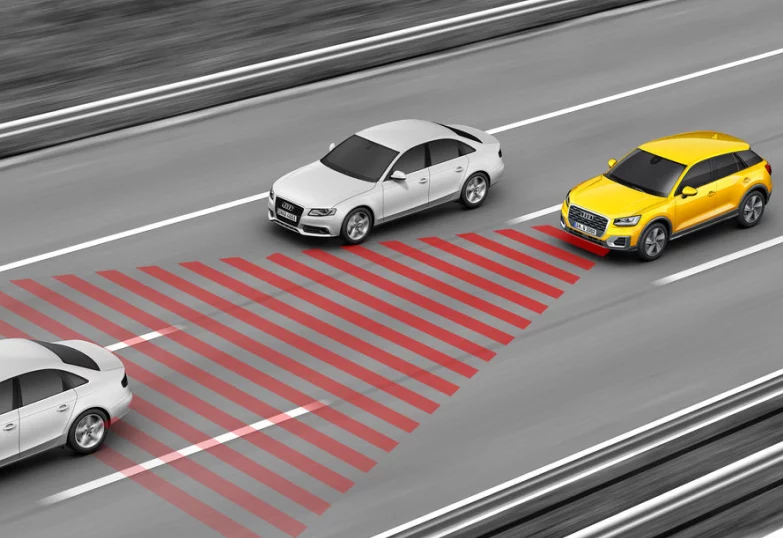
Adaptive Cruise Control System
Build an Adaptive Cruise Control system, which will modify the speed of a vehicle, in response to conditions on the road.
